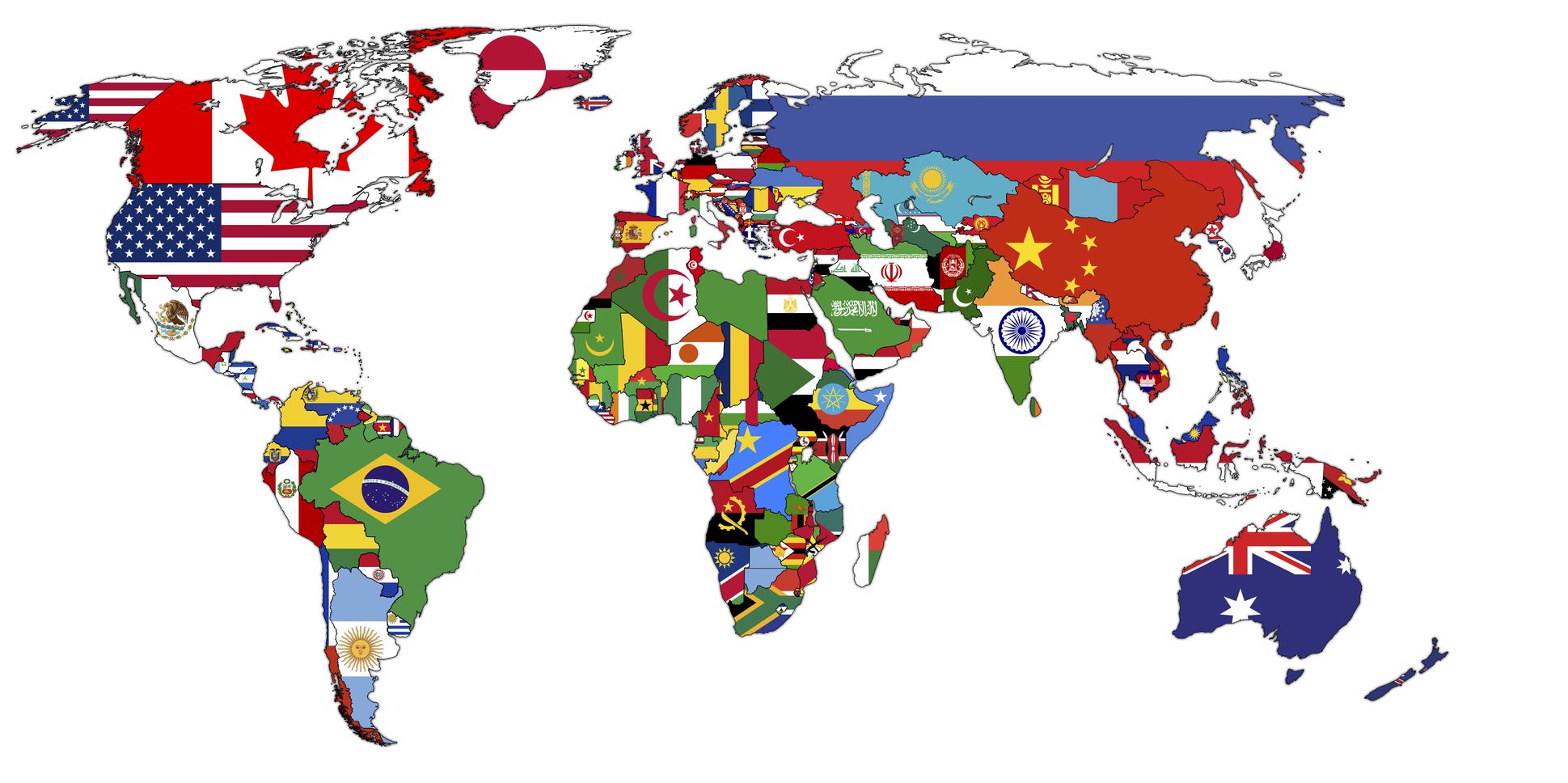English Bengali translations

We are experts in English - Bengali translation
Some languages are less widely used and this makes it more difficult to find translators in several combinations who are also specialized in different areas because they are usually few and far between. In this type of translation English is crucial because it serves as an intermediate language, i.e. it is common for a text in a less widespread language, such as Bengali, to be translated into English before finally being translated into the target language. For example, if we want to translate a text from Bengali - English, we currently have about 4 translators and, of course, they are not familiar with all areas of translation. However, if we look at the Bengali - English combination we find more than 700 translators who can cover all subject areas (e.g. aerospace, automotive, information technology, mining and metallurgy, etc.).
Cosmolingo is continunously looking for qualified translators in this and other combinations, because the most important thing for us is to meet the demands of our clients quickly and easily and with reasonable rates.
The Bengali language
Bengali, a language belonging to the vast Indo-European family, has official status in Bangladesh and the Indian States of West Bengal and Tripura, where there are calculated to be around 200 million speakers, making it the sixth most spoken language in the world and the second in India. There are also many communities of speakers in various parts of the Middle East, Southeast Asia, Pakistan, Europe and North America.
In the mid-20th century, after a long history of British colonialism, linguistic awareness became one of the most important determinants of Bengali nationalism, to the extent that on 21 February 1952, ten protesters were shot by the police when they were calling for the conservation of the Bengali alphabet. Since then, the UNESCO commemorates this tragic event as the International Day of the Mother Tongue.
As for the alphabet itself, it is understood to an evolution of ancient Sanskrit based on the Devanagari syllabary. It has a strong mystical and philosophical component and, indeed, the most ancient compositions documented are in the form of mantras, formulas that supposedly produce beneficial effects in the mind and spirit through repetition and rhythm. As with western languages, it is written from left to right.
Although there are numerous dialects, today two main sociolects coexist: the so-called educated language, based on Sanskrit, from which it takes many loans, and which is unintelligible to ordinary people; and the colloquial language, which is based on a dialect from Calcutta and forms the foundation of modern literature. (Because many Bangladeshis are Muslim, it has many Arabic and Persian loanwords.) In this field of literature, of particular importance is the figure of Rabindranath Tagore, Nobel Prize for Literature in 1913, who composed the national anthems of India and Bangladesh. As a curiosity, note that the Bengali literary corpus is the largest on the Indian subcontinent, above all since the so-called Bengal Renaissance that occurred in the 19th and 20th centuries.

